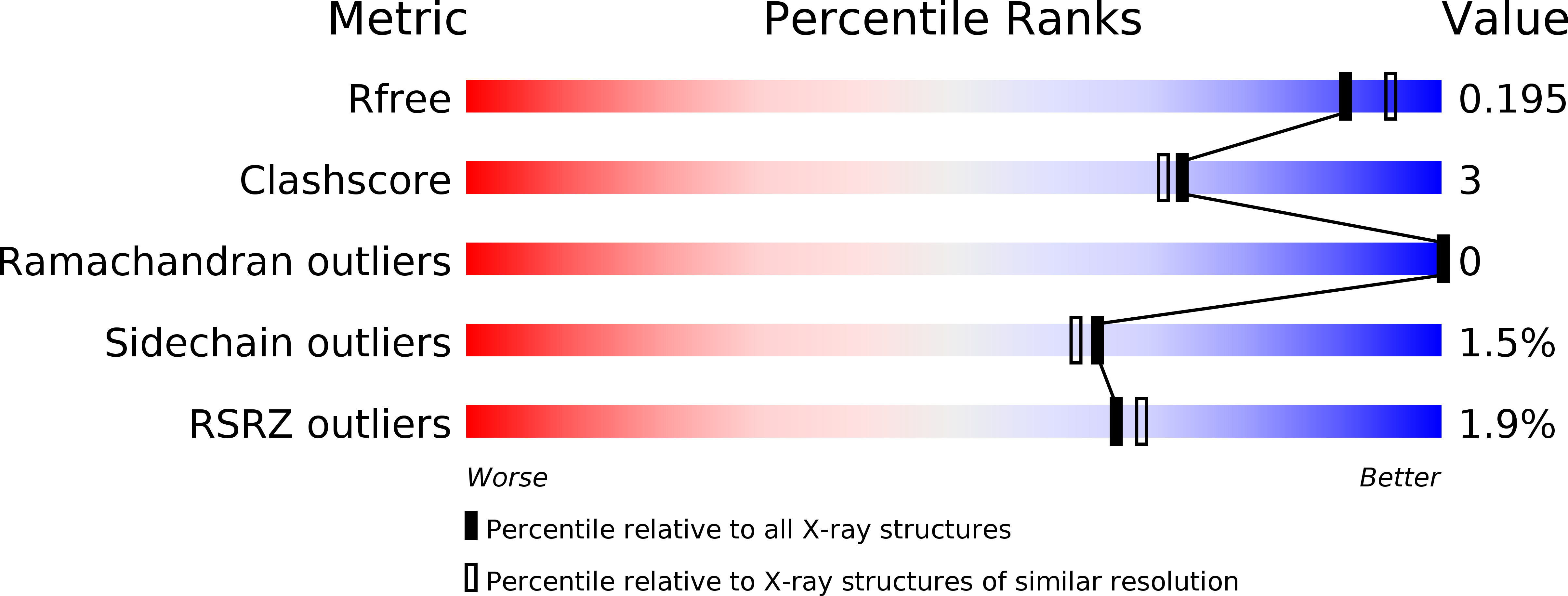
Deposition Date
2016-02-23
Release Date
2016-10-26
Last Version Date
2023-09-27
Entry Detail
Biological Source:
Source Organism:
Methylocystis parvus OBBP (Taxon ID: 1134912)
Host Organism:
Method Details:
Experimental Method:
Resolution:
1.90 Å
R-Value Free:
0.19
R-Value Work:
0.15
R-Value Observed:
0.15
Space Group:
C 2 2 21


